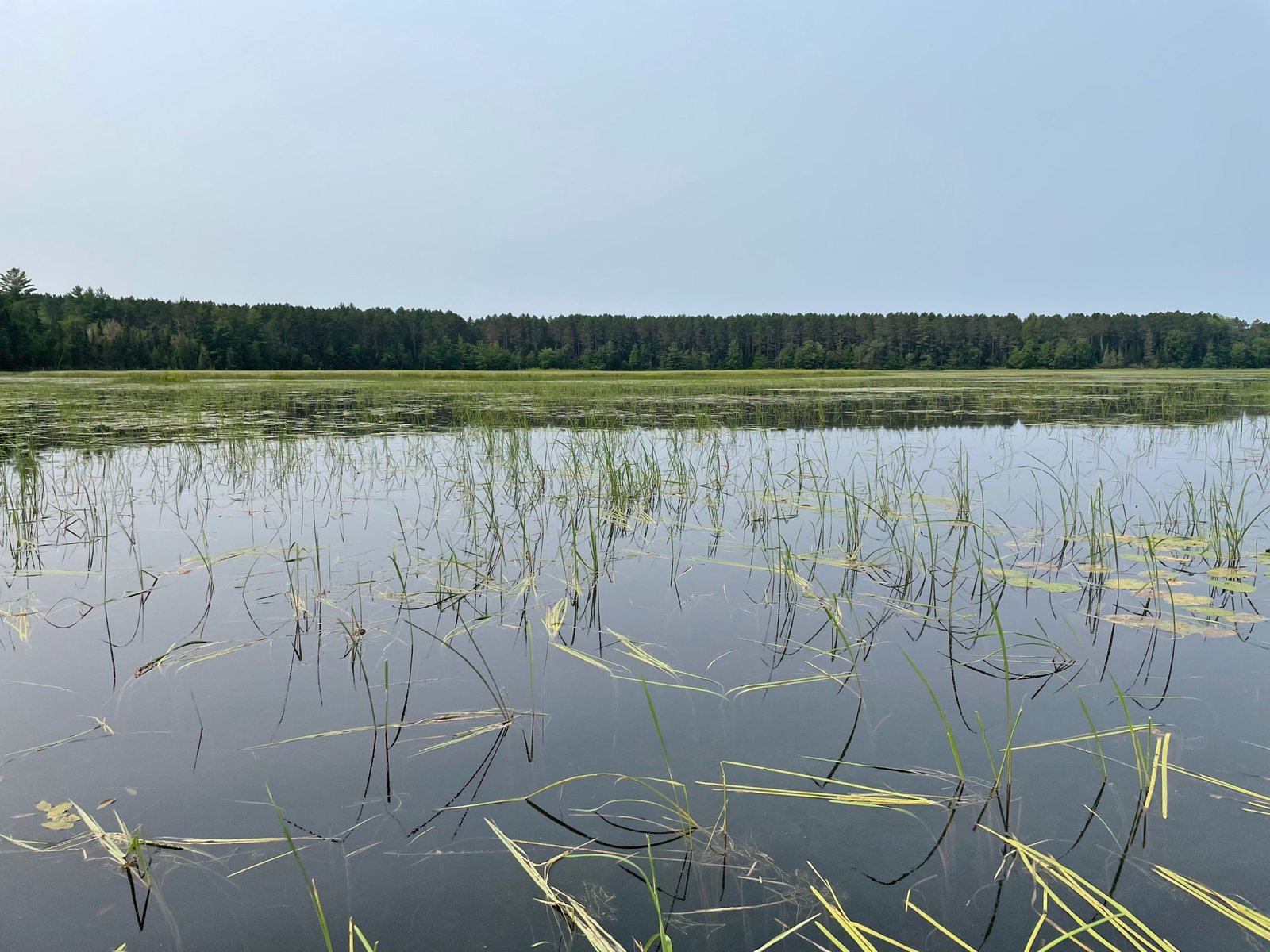Project: Wild Rice Seeding
County: Multiple
 By Peter Ziegler, Project Director – 262/470-4301
By Peter Ziegler, Project Director – 262/470-4301
This article originally appeared in Wisconsin Waterfowl Association’s November 2021 Newsletter edition.
With the recent increase in the waterfowl stamp it’s important to know what is being done with some of those dollars. If you read Jason Fleener’s article in last month’s newsletter you got an idea of one type of project that was completed by Wisconsin’s Department of Natural Resources (WDNR) with Duck Stamp dollars. This month I’m going to share a bit about Wild Rice and what WWA has been and is currently doing with Duck Stamp dollars. Many of us in the southern portion of the state don’t utilize wild rice the way many of the hunters in the northern portion of the state do for targeting waterfowl. Wild Rice beds are a great place to hunt ducks as they key in on the valuable food source. When it’s ripe, it is the primary food source targeted by ducks.
Wisconsin has lost many of its historical rice beds for a variety of reasons. Wild Rice depends on fluctuating conditions mimicking natural cycles of high and low water levels to thrive. Stagnating water levels brought about by dams and road culverts have negatively impacted rice beds. Invasive species and degradation of shorelines and herbivory grazing have also had impacts. The easiest way to regenerate the Wild Rice is to re-seed sites to try to re-establishing rice beds where conditions will allow successful maturation of the plant.
WWA, utilizing duck stamp dollars received over the last ten years, has been seeding sites primarily in the Chequamegon–Nicolet National Forest area. Most of these sites have been following a standard protocol that involves seeding a body of water for three years to get a good seed bank built up so it can persist on its own. The water bodies vary in size from 10-100+ acres, though seeding is only taking place on 10-30 acres normally. The goal, and from what we have seen, is where successful, the rice will spread on its own to fill in other areas within a waterbody where it’s suitable for rice to grow. This maximizes the value of the dollars spent and is why we try to select water bodies that should support rice, and it can then spread from 10 acres to 50 or 100 acres without further investment.

A wild rice site that WWA seeded last year shows promise with widespread plants emerging.
Along with the typical northern Wisconsin wild rice re-establishment efforts where rice is much more common, WWA, along with WDNR, have initiated an effort to try and establish some rice beds at Collins Marsh, located north of Manitowoc. This large wetland recently had its dam redone, which will allow better water level management. A few locations were selected for Wild Rice seeding, both in the refuge area and in the open hunting area. The first seed in this project was planted this past month, so check it out next July and see how it’s doing.
